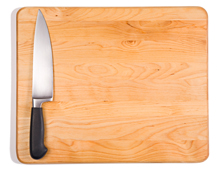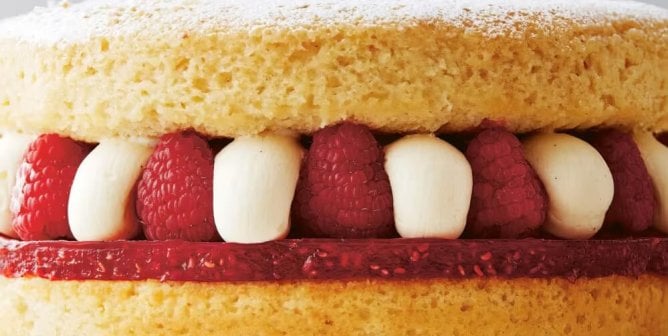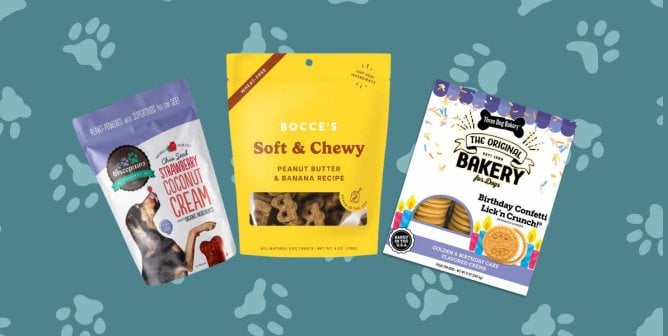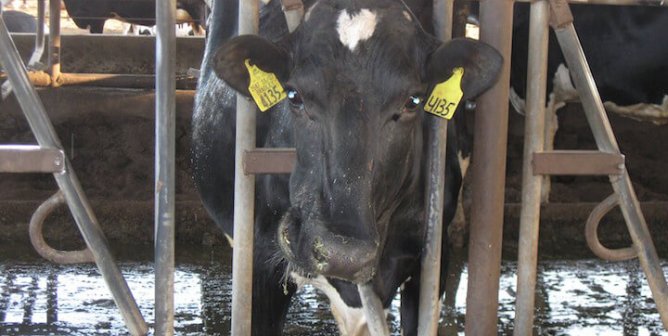Good knife skills are just as important as learning how to drive or even kiss: If you want to get anywhere, you have to master the basics. For some, these skills come naturally, and others may have to spend years practicing. The key is starting with the right tools. Imagine learning to drive in a 1971 Ford Pinto that has two flat tires, one headlight, and no seat belts. To say it would be scary is an understatement. The same is true of learning good knife skills. If you are using an old, dull blade that came in a 20-piece knife set, chances are you will not have the best experience. In order to develop proper knife skills, you first need to find the best knife for you.
When I was shopping for my first chef’s knife, I spent days looking, asking a million questions and annoying the sales staff at most specialty stores. Should I buy an 8-inch French knife—known for its excellent curve that helps create an easy rocking motion—or a Japanese knife with a blade that is sharpened at 15 degrees, giving it a thinner, sharper blade than the French knife? After going to countless shops and digging around online, I found the perfect knife for me.
Through my research, I found that one of the most important things to consider when purchasing a knife is what material the blade is made of. I prefer high carbon stainless steel—such blades stay sharp and do not discolor—but be sure to get something that works best for you. The following are a few of the most popular blade options:
- Carbon steel: stays sharp but can rust or discolor easily
- Stainless steel: does not stay sharp but does not discolor
- Titanium: lighter than steel and holds its edge longer—it’s very flexible and not appropriate for chopping or slicing
- Ceramic: more delicate than steel but stays sharp at least 10 times as long
The second most important thing to consider is what material the handle is made of. My knife has a Micarta handle—a synthetic material that is a very popular choice because of its durability. Here are a few more common materials, all of which are very popular for different reasons:
- Wood: pleasing to the touch—wood is high-maintenance and absorbs bacteria (yuck!)
- Stainless steel: does not absorb bacteria and lasts longer than wood handles but can get a bit slippery
- Composition: molded plastic that has a tendency to come loose but is very affordable
I also found that just holding each knife in my hand to see how it feels was a great way to determine which one was right for me. Now that you have found the perfect knife, let’s learn the basics. The most common cuts the home cook needs to master are:
- Chop: a larger cut that does not need to be uniform
- Dice: cubes that range from 1/4-inch to 3/4-inch in size—uniform size is very important
- Mince: a very small cut that is uniform in size but not in shape—commonly used for herbs, onions, shallots, and garlic
- Julienne: narrow, fine “matchsticks”—used in recipes with short cook times
- Chiffonade: finely cut strips of leafy vegetables or herbs, commonly used for garnish
Start by learning how to properly hold your new knife, then try the seven basic knife cuts covered in Chow.com’s excellent video tutorial.
Now, armed with the right knife and all the basic cuts, your time in the kitchen will be even more enjoyable—like driving a trusty Honda instead of that old Pinto.







